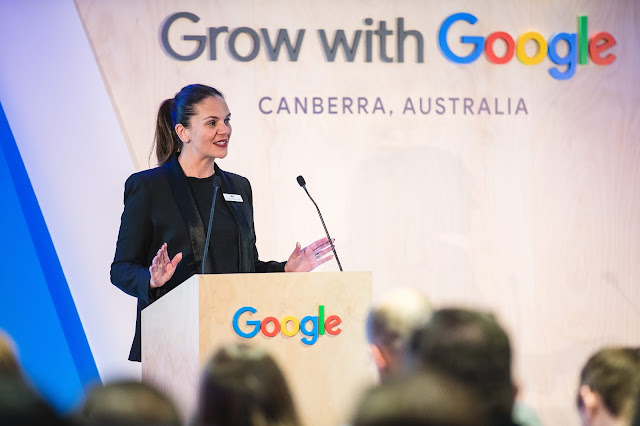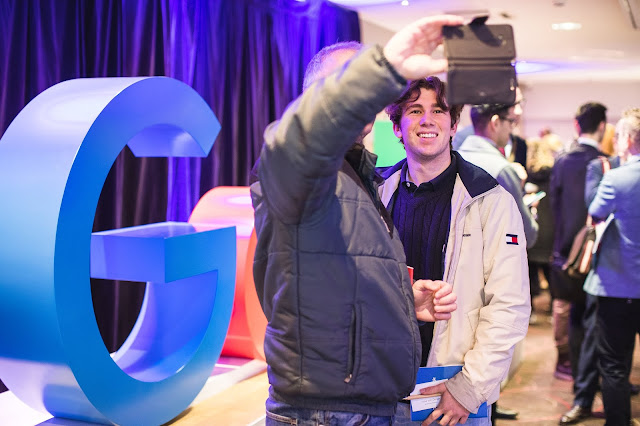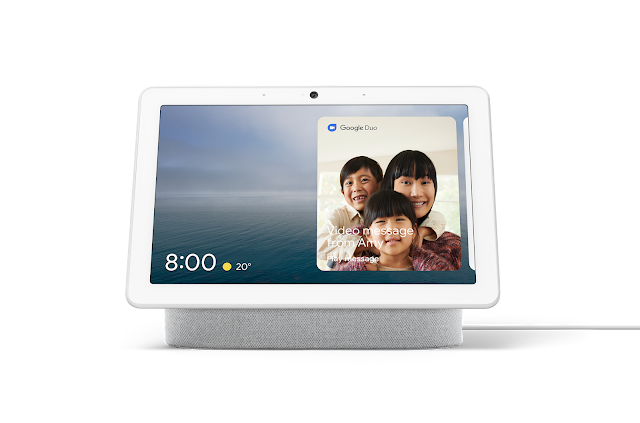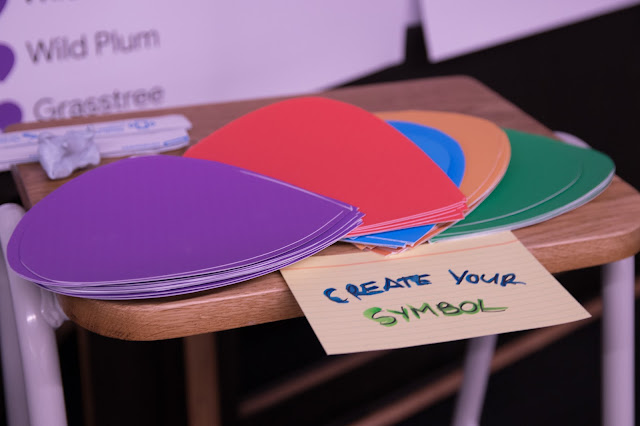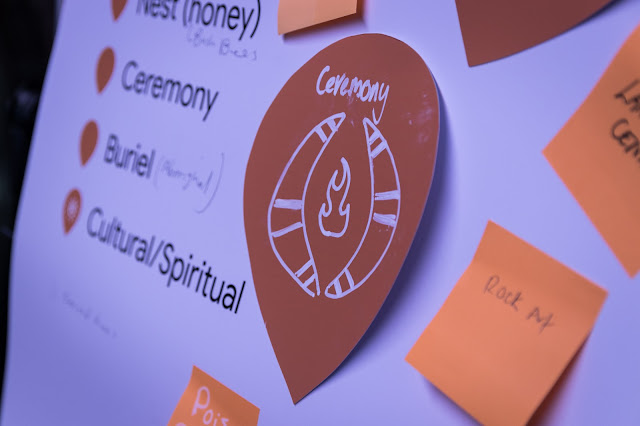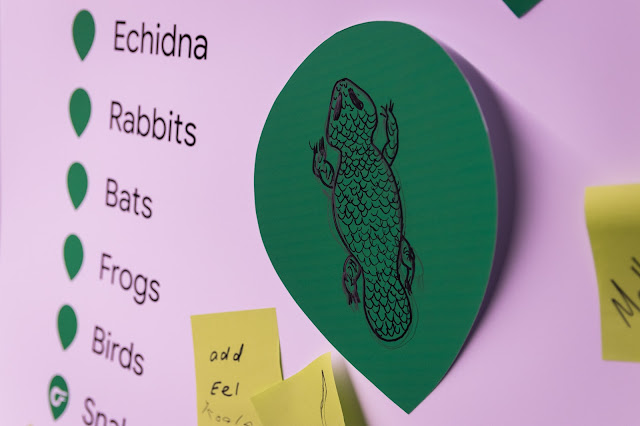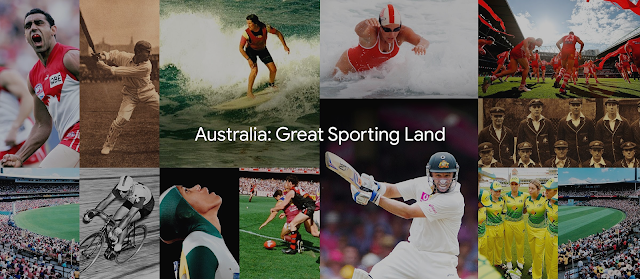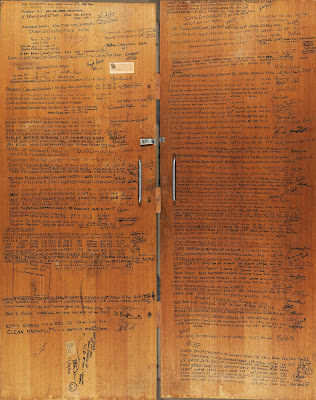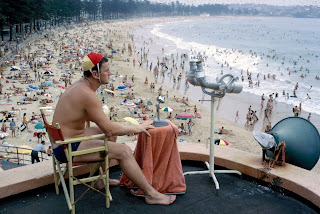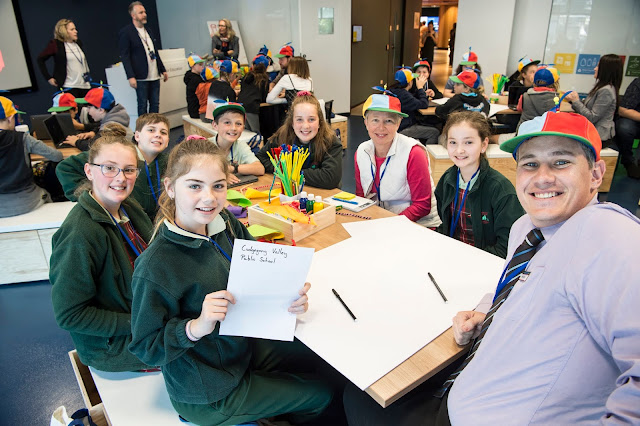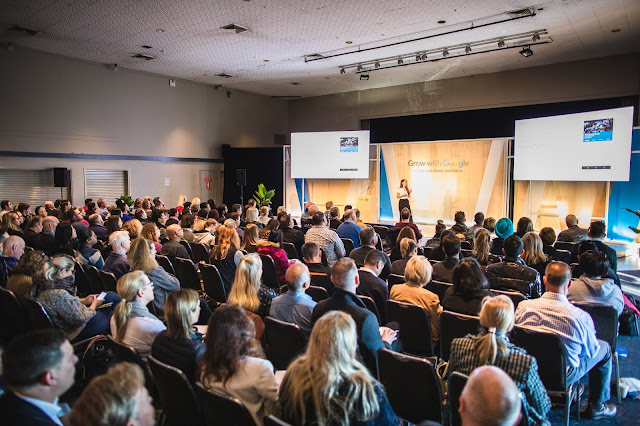When Google started just over 20 years ago, Sydney was gearing up for the Olympics and text messaging was taking off. Today, Australians come to Google for helpful products and services, whether it’s finding answers to questions, getting directions through maps, or businesses connecting with new audiences through advertising.
In this fast evolving environment, we understand the interest in how we operate and how we compete. The final report from the Australian Competition and Consumer Commission’s
Digital Platforms Inquiry recognises a range of benefits digital platforms bring to consumers and businesses, and examines important topics in relation to Australia’s changing media and advertising industry. We’re looking forward to engaging with the Government as they consult on these topics in the coming weeks and months.
Set out below is more detail on how Google provides value for consumers, businesses and publishers, how we work to protect user privacy, and how we operate in a highly competitive environment.
Providing value for consumers, businesses and publishers Our products and services help Australians to access information, collaborate, reach new audiences and get things done.
Tools like Google Search and YouTube help Australian students answer more than 25 million questions while doing their homework each night and Google Maps helps Australians save, on average, 29 hours per year navigating our cities (
Alphabeta).
Google’s products also help Australian businesses grow; more than 840,000 Australian businesses use Google tools to help connect with customers. The majority of Google’s ad business is search advertising. Google works to offer the best experience for users when they come to search, which attracts people to use the service. In turn, advertisers can more easily find prospective customers by advertising on Google’s Search pages.
In this way, advertisers can reach the audiences that matter to them, at a time that is relevant to the consumer. For example, if someone searches for a new car, a car ad is often relevant. These services are provided without charge to consumers.
Google’s advertising platforms also help publishers make money online and drive traffic to their websites. In 2018, Google referred more than 2 billion free clicks to Australian news sites, which helps to drive subscriptions and ad revenue. We also provide a platform to help publishers to show ads on their own sites. This is used by thousands of news publishers both in Australia and around the world, and publishers retain approximately 70 per cent of the ad revenue that is generated.
Through this combination of referral traffic and ad revenue, Google provides significant value to publishers. Ad-supported models have always been part of the news industry, whether print or digital, and we share their interest in keeping the internet free and open. We work closely with the news industry and will continue to do so as consumer expectations and technology evolve.
How we work to protect user privacyOver the past 20 years, billions of people have come to Google with their questions. We’ve worked hard to continually earn trust by providing accurate answers and keeping your questions private and your data secure.
For privacy to be real, people need to have clear, individual choices around their data. This is why we believe in giving people transparency, choice and control. Transparency means easy access and full visibility of your data and preferences, and the assurance that Google does not sell personal information to third parties. Choice means the user should get to decide how their information is used and deleted. Control is the ability to manage your settings and features depending on your preferences.
Google’s
privacy policy and
MyAccount—a single destination for your Google account information, privacy and security settings—explain what information we collect, why we collect it, and how users can control, update, manage, export, and delete their information. In 2017, Australians visited
MyAccount more than 22 million times.
Whether it’s delivering search results in the correct language or recommending the quickest route home, data can make Google products more helpful to you. We take the responsibility of protecting user data and privacy seriously, and are
continuously working to improve features to give users even more control.
Operating in a highly competitive environment The tech industry is dynamic and drives innovation that gives consumers better products, services and choices. For example, when consumers are looking for information online, they go to a range of places in addition to Google. For furniture and electrical products they might go to Harvey Norman. For homes, they might go to Domain or Realestate.com. For reviews they might go to TripAdvisor.
When it comes to advertising, search advertising is one of many online and offline channels in which advertisers invest. We compete directly for advertising dollars with other digital channels, as well as television, print, radio and outdoor advertising. Businesses invest in online advertising because it allows them to connect with audiences and to measure the impact of that investment.
The internet is a rapidly evolving, competitive and innovative space. Regulatory frameworks help ensure people, society and the economy continue to benefit from new technologies. A wide range of rules already apply to digital products and services, including competition, advertising, copyright, privacy, and consumer laws.
We welcome efforts to better understand our business and will continue to engage with Government on the recommendations put forward in this report, as we continue developing and improving products and services that help Australians.
Posted by Melanie Silva, Managing Director, Google Australia

